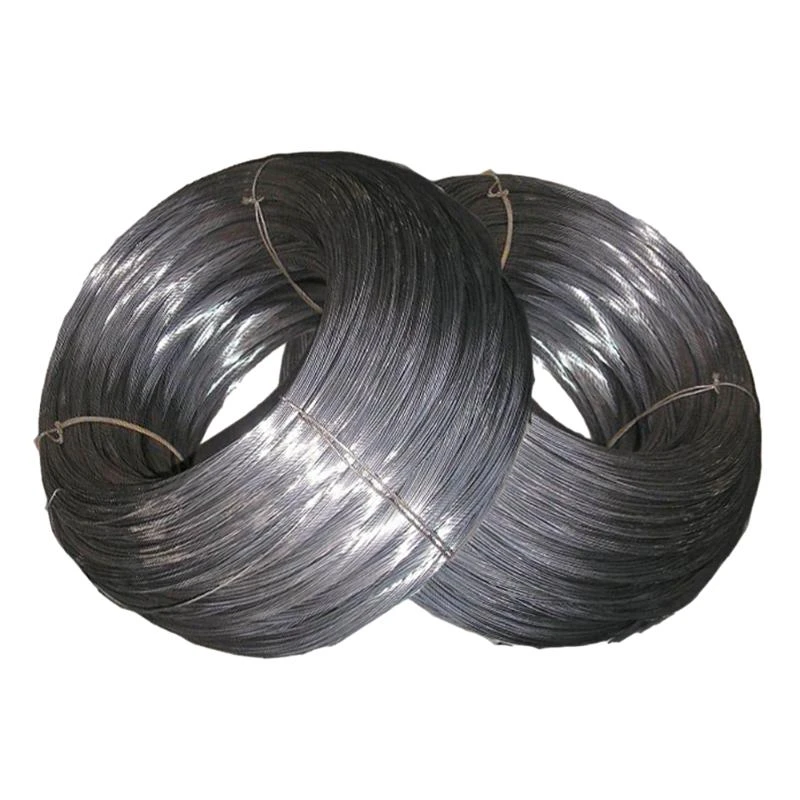
- Mobile Phone
- +8613931874955
- sales@cntcmetal.com
Cavity Wall Tie Survey - Ensuring Structural Integrity and Safety
Understanding Cavity Wall Tie Surveys Importance and Methodology
Cavity wall ties are essential components in the construction of cavity walls, which consist of two layers of masonry with a gap (cavity) in between. This design not only provides better insulation but also protects against moisture penetration. However, over time, these ties can corrode or deteriorate, compromising the structural integrity of the wall. This is where cavity wall tie surveys come into play, ensuring that buildings remain safe and sound.
A cavity wall tie survey involves a thorough examination of the ties within a cavity wall. This survey aims to assess their condition, identify any signs of corrosion or failure, and recommend necessary repairs or replacements. The significance of these surveys cannot be overstated, especially for older buildings where the potential for unseen damage is high. Regular inspections help in early detection of issues, allowing for timely interventions that can prevent costly repairs down the line.
The survey process typically begins with a visual inspection of the exterior of the building. Surveyors look for signs of distress, such as bulging walls, cracking in the brick or mortar, or water ingress. Advanced techniques, such as the use of endoscopic cameras, can be employed to inspect the cavity itself without invasive procedures. This allows for a detailed assessment of the condition of the wall ties located between the two layers of brickwork.
cavity wall tie survey

Once the inspection is completed, surveyors will gather data on the condition and spacing of the ties. They use this information to determine whether the ties are adequately installed and functioning as intended. Standards set by organizations such as the British Standards Institution (BSI) guide these assessments, ensuring that surveys meet rigorous criteria for safety and accuracy.
If the survey reveals that the wall ties are corroded or insufficient in number, it may be necessary to take immediate action. Solutions can range from the replacement of defective ties to the installation of additional ties to enhance structural support. It is crucial for building owners to address these issues promptly, as neglected problems can lead to significant structural failures and increased repair costs.
In conclusion, cavity wall tie surveys are a vital aspect of building maintenance and safety. By ensuring that wall ties are in good condition, property owners protect their investments and maintain the structural integrity of their buildings. Regular surveys, guided by experienced professionals, can prevent long-term damage and promote healthier living environments. For anyone owning or managing properties with cavity walls, scheduling routine cavity wall tie surveys should be a priority.
share:
-
Why Sacrificial Formwork Is Redefining Underground ConstructionNewsJun.06,2025
-
The Structural Dynamics of Modern Concrete: How Snake Spacers Revolutionize Flexible ReinforcementNewsJun.06,2025
-
Snake Spacers Smart-Lock Concrete Reinforcement with Surgical PrecisionNewsJun.06,2025
-
Snake Spacers: Reinforcement Precision for Modern Concrete ProjectsNewsJun.06,2025
-
Snake Spacers Powering Concrete's Structural DNANewsJun.06,2025
-
Slither into Success: Snake Spacers' Precision Bite for Unbreakable ReinforcementNewsJun.06,2025
-
Sacrificial Formwork: Building Stronger, Faster, and Safer StructuresNewsJun.06,2025



















